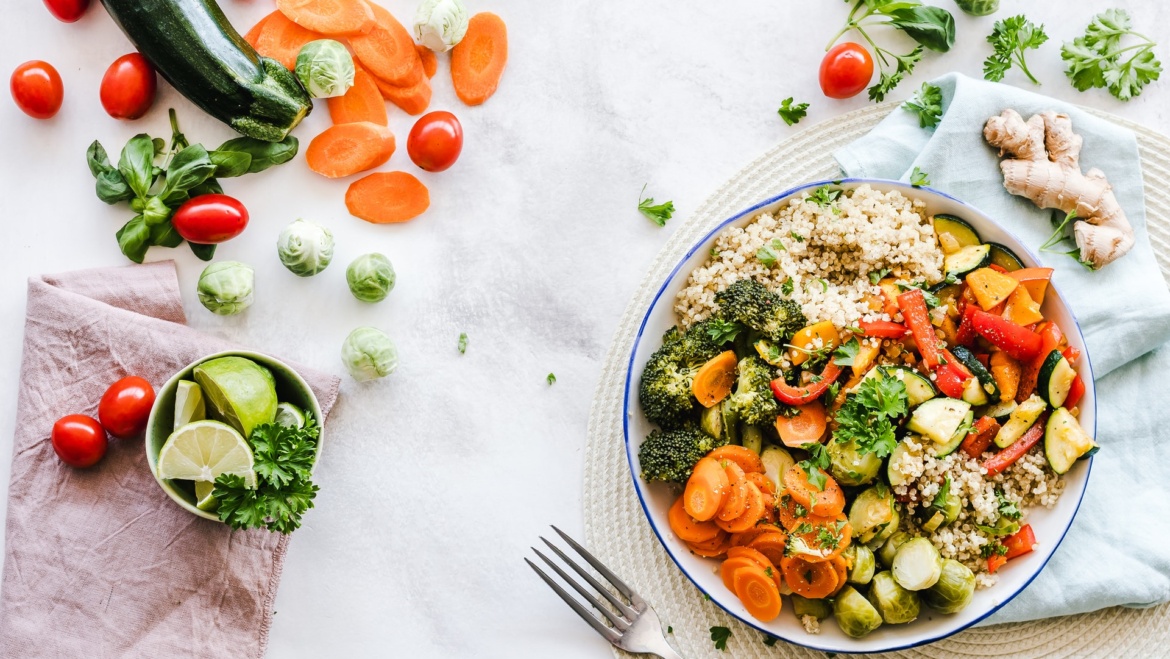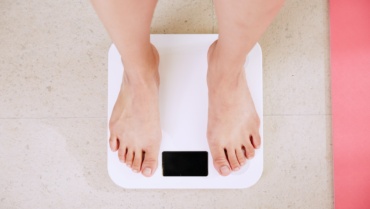You know you should be eating healthier, but if you don’t know what to eat, it can be hard to figure out where to start.
This list of 10 healthy foods you should be eating will get you started on the path to eating healthier in no time! The best part?
Each of these foods can be easily found at your local grocery store and prepared with minimal prep time, so you won’t have to sacrifice taste or convenience to eat healthily!
1) Berries
You can’t talk about healthy foods without talking about berries. A cup of raspberries has as much fiber as an apple and as much vitamin C as a glass of orange juice.
Berries are also rich in antioxidants and help to keep your body running smoothly, thanks to their high-water content.
Raspberries, in particular, are known for their benefits with weight loss—that’s because they reduce your desire to snack on other sugary treats.
Plus, raspberries contain high levels of ellagic acid—and antioxidants that prevent dangerous free radicals from damaging DNA and cell membranes.
2) Sardines
Full of omega-3 fatty acids, sardines are a great source of protein and calcium. They are high in B vitamins, vitamin D, potassium, and magnesium—all essential for your body to be healthy.
In addition to tasting good when put on crackers or bread (some people even eat them right out of the can), sardines are also great because they have less mercury than other fish varieties.
Sardines are a good option for breakfast or lunch if you’re trying to lose weight; packed with protein, they’ll help keep you full so you won’t overeat later on in the day.
Plus, they can be paired with many different foods: avocado or cream cheese on toast, mixed into salads and sandwiches…the possibilities are endless!
3) Canned Salmon
Salmon is a great source of lean protein that’s easy to eat anywhere. It’s also high in omega-3 fatty acids, which can help lower inflammation and keep your heart healthy.
It’s super affordable, too. If you’re used to eating bland foods, however, canned salmon might not be for you at first; it typically has a stronger flavor than fresh fish.
But once you get used to it, its salty taste is rather addictive (in a good way). Other healthy canned seafood options include tuna, sardines, and anchovies.
4) Yogurt
Yogurt has been a dietary staple for thousands of years, and good reason. It’s delicious, and it can also help you lose weight.
The probiotics in yogurt can boost your body’s ability to break down fat, so if you eat it before meals, it can help with your weight-loss goals. Another bonus?
Yogurt is also loaded with protein. A six-ounce serving of low-fat yogurt contains 8 grams of protein—that’s equal to or more than one egg white!
You’ll get twice as much fiber if you opt for Greek yogurt (16 grams), which is great news if you have a sweet tooth; try adding some berries to your next bowl of Greek yogurt to curb those cravings.
A recent study published in Appetite found that people who ate about 600 calories worth of fruit per day lost about three times more weight than people who didn’t.
Berries are among our favorite fruits—they’re not only tasty but they contain heart-healthy antioxidants and anti-inflammatory properties.
Plus, they’re known to help prevent type 2 diabetes and certain cancers like breast cancer thanks to their high antioxidant levels. We recommend eating at least two servings per day for maximum benefits!
5) Nuts
Nuts are a delicious and nutritious snack choice, but they’re also high in calories. Those calories add up quickly when you eat more than a serving or two.
To make sure you’re having nuts instead of nut butter (extra fat and calories), measure out a single serving of nuts using an ounce measuring cup before snacking. Keep your portions small to stay on track.
6) Quinoa
Quinoa is a complete protein and packs a powerful antioxidant punch. With its mild, nutty flavor, quinoa can be enjoyed as a simple side dish or in place of rice or pasta.
Pair it with beans and veggies for an easy weeknight dinner recipe. Quinoa is also gluten-free, making it a perfect addition to any health-conscious pantry.
7) Broccoli
Studies have found that broccoli has unique compounds called isothiocyanates, which are thought to be able to reduce inflammation and may even prevent cancer.
What’s more, they seem to protect against chronic diseases like heart disease and diabetes by improving insulin sensitivity.
The recommended serving size for one adult is four cups of chopped broccoli a week—that’s about six or seven individual stalks. (For reference, two stalks are about 80 calories.)
Tasty ways to add broccoli to your diet include cooking it with olive oil and garlic, or throwing it into an omelet or stir-fry when you want some veggies in your breakfast.
Keep in mind that too much raw broccoli can cause gas for some people.
8) Kale
Not only is kale a nutrient-dense superfood, but it’s also chock full of anti-inflammatory properties. If you haven’t tried kale yet, now’s as good a time as any to give it a go.
This leafy green is sure to please any palate and will keep your taste buds guessing. Kale goes great in smoothies or simply on its own with some lemon juice squeezed over top!
Not only is kale one of our favorite healthy foods, but did you know that May is National Kale Month? It makes sense then that every month should be considered National Kale Month.
9) Almonds
Almonds are a great source of protein, fiber, and healthy fats. Plus, they’re delicious as an afternoon snack or mixed into your favorite baked goods.
Make sure to buy raw almonds; roasted varieties can contain added salt, sugar, and oil. The best way to incorporate them into your diet is to enjoy a handful of the plain at lunch or sprinkle them over a salad for dinner.
It’s important not to overeat nuts so you don’t blow your calorie budget—almonds contain around 200 calories per 1/4 cup serving.
10) Edamame
Green, healthy and delicious: What’s not to love about edamame? Loaded with protein, B vitamins, and dietary fiber, edamame is a superfood you should be eating more of.
How do you prepare it? Edamame is often prepared simply by steaming or boiling in water; but it can also be tossed into stir-fries or eaten raw (in sushi, for example).
Since they’re so nutritious, many health experts recommend that people eat edamame two to three times per week.
If you’re new to them, start with just one serving per day—and ramp up as your taste buds adjust. You’ll likely end up enjoying them a lot more than you might think.





Add Comment